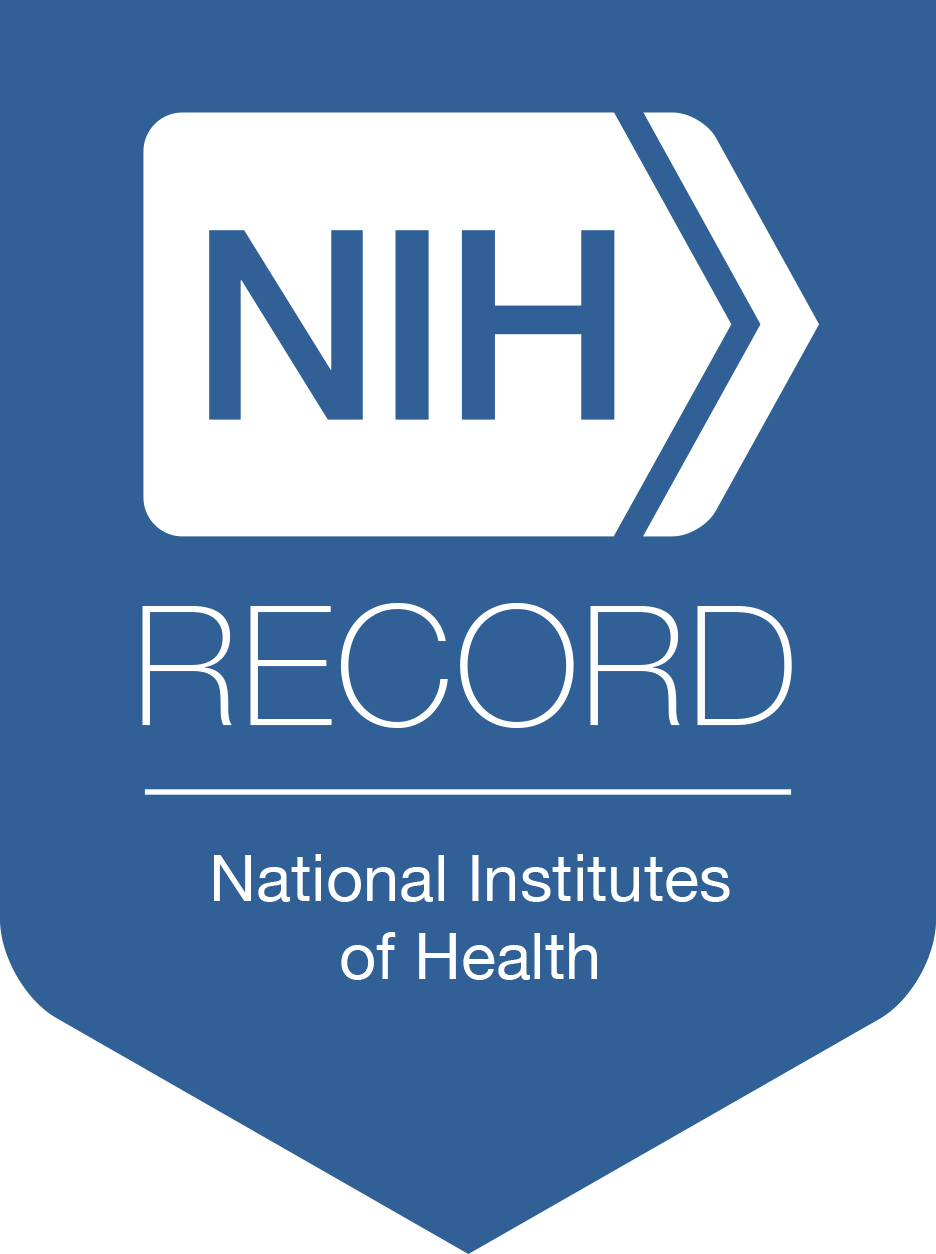Blood Pressure Patterns in Early Pregnancy Tied to Later Hypertension Risk

Photo: Petrovich Nataliya/Shutterstock
Blood pressure patterns observed in the first half of pregnancy, even among women without hypertensive disorders of pregnancy (HDP), can identify women at greater risk of developing hypertension up to 14 years after giving birth. The new findings, which appeared in the journal Hypertension, come from a large observational study supported by NIH.
High blood pressure is a risk factor for heart disease, the leading cause of death. This study identified a new, previously undefined risk group of postpartum women who are not currently recognized as being at high risk for future hypertension and cardiovascular disease because they did not develop HDP during pregnancy.
HDP includes serious complications such as preeclampsia and gestational hypertension during pregnancy and are known to increase the risk of heart disease later in life. When the history of HDP was combined with women’s early pregnancy blood pressure patterns, these data together provide a new and improved tool for risk assessment.
The study followed 174,774 women who received prenatal care at Kaiser Permanente Northern California between 2009 and 2019. None of these women had hypertension, kidney, liver or heart disease, or a history of preeclampsia before pregnancy. Researchers tracked their health records up to 14 years after delivery to identify new cases of hypertension.
The research found that women who showed certain blood pressure patterns during the first 20 weeks of pregnancy were more likely to develop hypertension later in life. Six distinct risk groups of blood pressure trajectory were identified, ranging from ultra-low to elevated-stable patterns. Women with elevated-stable blood pressure patterns were at the highest risk.
This study shows that blood pressure trajectories during early pregnancy can stratify this risk, even for women without HDP. By identifying women at higher risk, healthcare providers can offer targeted surveillance and early interventions, potentially preventing future heart problems.
